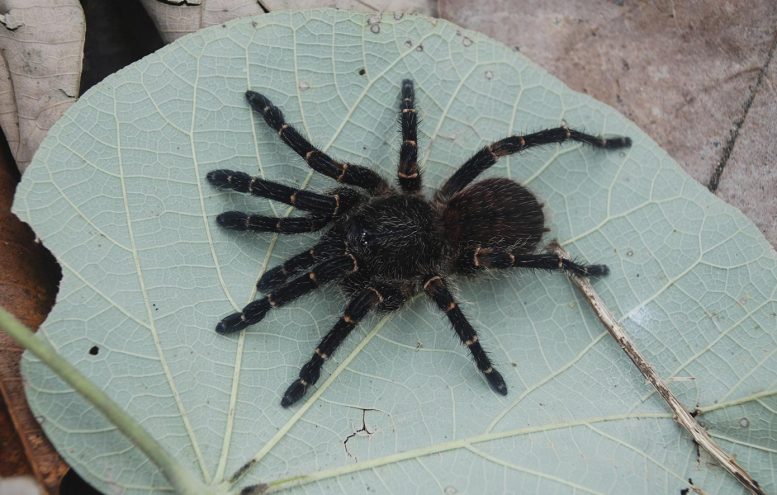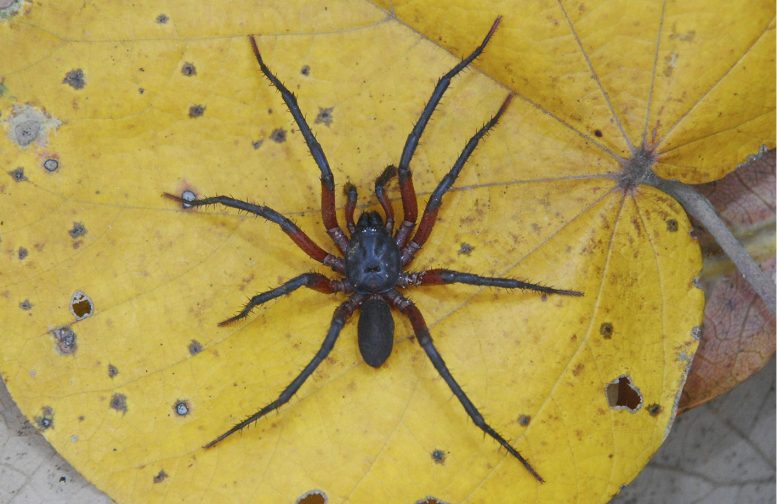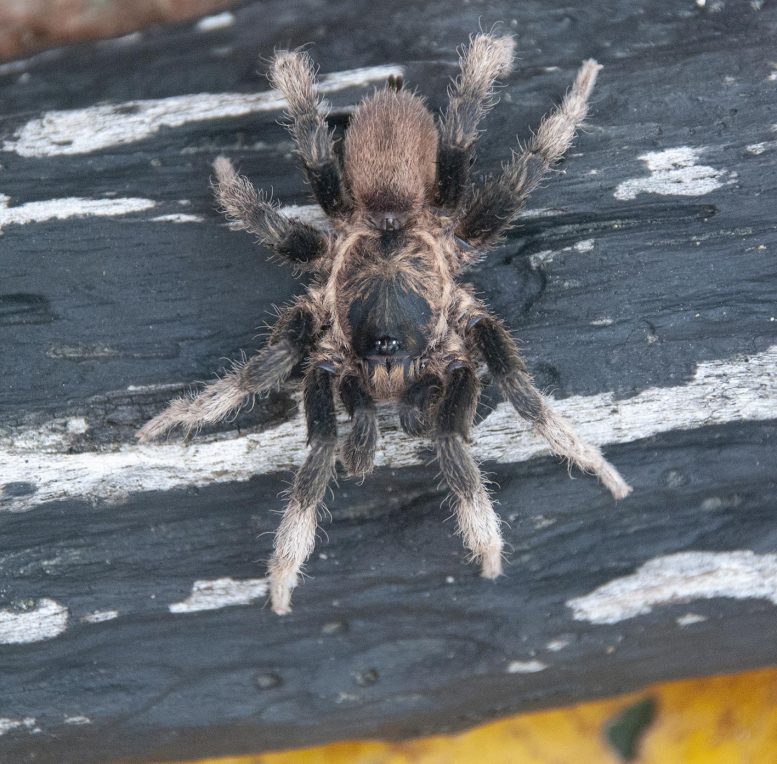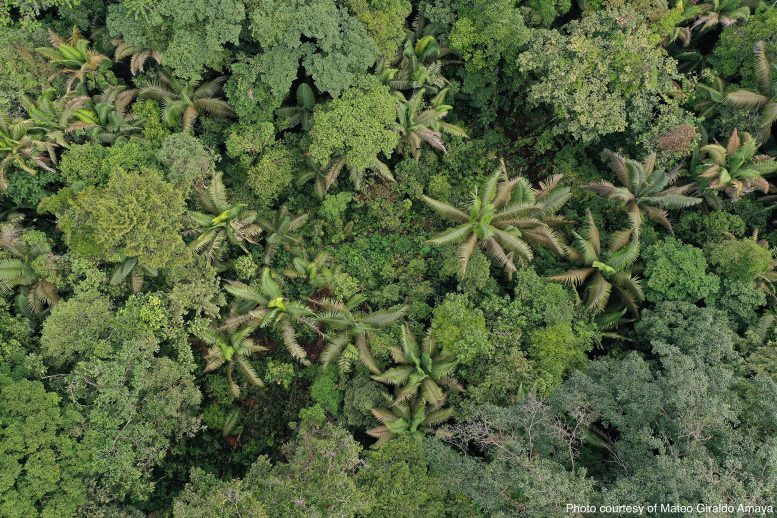
A groundbreaking expedition in the Colombian Pacific region has discovered four unique spider species, shedding light on the rich, but largely uncharted, biodiversity of the area. This research has expanded our understanding of Mygalomorphae spiders and highlights the need for more comprehensive taxonomic research.
The Colombian Pacific region, situated in the heart of the Chocó Biogeographic Region, has disclosed some of its unique biological treasures. Known as one of the world’s most mysterious biodiversity hotspots, this area remains largely uncharted, especially in regard to spider diversity. A groundbreaking biological expedition at the Jardín Botánico del Pacífico (JBP) in Bahía Solano has unearthed taxonomic novelties destined to reshape our comprehension of this fascinating ecosystem. This area not only serves as a tourist attraction but also plays a vital role in conserving the tropical rainforests and mangroves in the region.

Mygalomorphae Spider Diversity
A team of dedicated researchers led the study, centering on Mygalomorphae spiders with an aim to illuminate their complex world. This elusive spider group includes tarantulas, trapdoor spiders, funnel-web spiders, millimeter-sized spiders with minimal use of silk, and bald-legged spiders capable of adhering substrate to their bodies. They are predatory, mostly terrestrial, and often exhibit restricted geographic distributions and high levels of endemism.

Discovery of Four New Species
In this pioneering exploration of the Colombian Pacific rainforest, the team discovered and documented four remarkable spider species. Among these is Ummidia solana, an extraordinary trapdoor spider. The researchers also identified three species of tarantulas: Euthycaelus cunampia, Neischnocolus mecana, and Melloina pacifica.
The researchers remark, “These taxonomic breakthroughs represent the first recorded instances of their respective genera in the region, expanding their geographical distribution. Each species was meticulously illustrated, described, and scientifically discussed, offering valuable insights into their morphological characteristics, taxonomy, and biogeography. The results of this study serve as a significant contribution to our understanding of the region’s biological diversity, known for its exceptional species richness and endemism.”

Details on the Newfound Species
Delving deeper into the newfound species, Ummidia solana, named after the municipality of Bahía Solano, reflects the beauty of the stunning Colombian Pacific coast with its captivating landscapes and lush vegetation. This discovery marks the first record of the Ummidia genus within the Chocó Biogeographic Region.

Melloina pacifica, named for the Colombian Pacific region it inhabits, is the first described species of the Melloina genus in Colombia. While Melloina is known to thrive in diverse ecosystems, including caves, this specific record extends the genus’ known distribution, previously documented only in Venezuela and Panama.

Spider Species Paying Tribute
Euthycaelus cunampia pays tribute to Don José and Don Antonio, members of the Emberá indigenous community from Mecaná, Chocó. Their shift from hunting traditions to becoming touristic and academic guides for the JBP inspired the species’ name. Importantly, this discovery signifies the first published record of the Euthycaelus genus and the subfamily Schismatothelinae outside the Andean Region and Eastern Cordillera for Colombia.

Finally, Neischnocolus mecana, named after a township in Bahía Solano, highlights the commitment of the Jardín Botánico del Pacífico community to preserving the region’s rich biodiversity. This is the fourth described species of the Neischnocolus genus in Colombia and represents its first record in the Chocó biogeographic region and the Colombian Pacific. Significantly, this description extends the known geographic range of the genus.
Conclusion
The scientists conclude, “This groundbreaking study serves as a testament to the potential existence of undiscovered species and the need for comprehensive taxonomic research.”
Reference: “Four new species of mygalomorph spiders (Araneae, Halonoproctidae and Theraphosidae) from the Colombian Pacific region (Bahía Solano, Chocó)” by Mariana Echeverri, Sebastián Gómez Torres, Nicolás Pinel and Carlos Perafán, 6 June 2023, ZooKeys.
DOI: 10.3897/zookeys.1166.101069
2 Comments
Please DO NOT use AI to create images of tarantulas or any other species. At the very least, you must provide a declaration that an image is generated. Experts can differentiate between the first image and the ones in the body of the article, but many laypeople may find it difficult. Generating and sharing AI-invented species is tantamount to spreading misinformation. I am shocked that you would do this. This is a scientific communication website.
Thank you for updating this article with a more appropriate image.